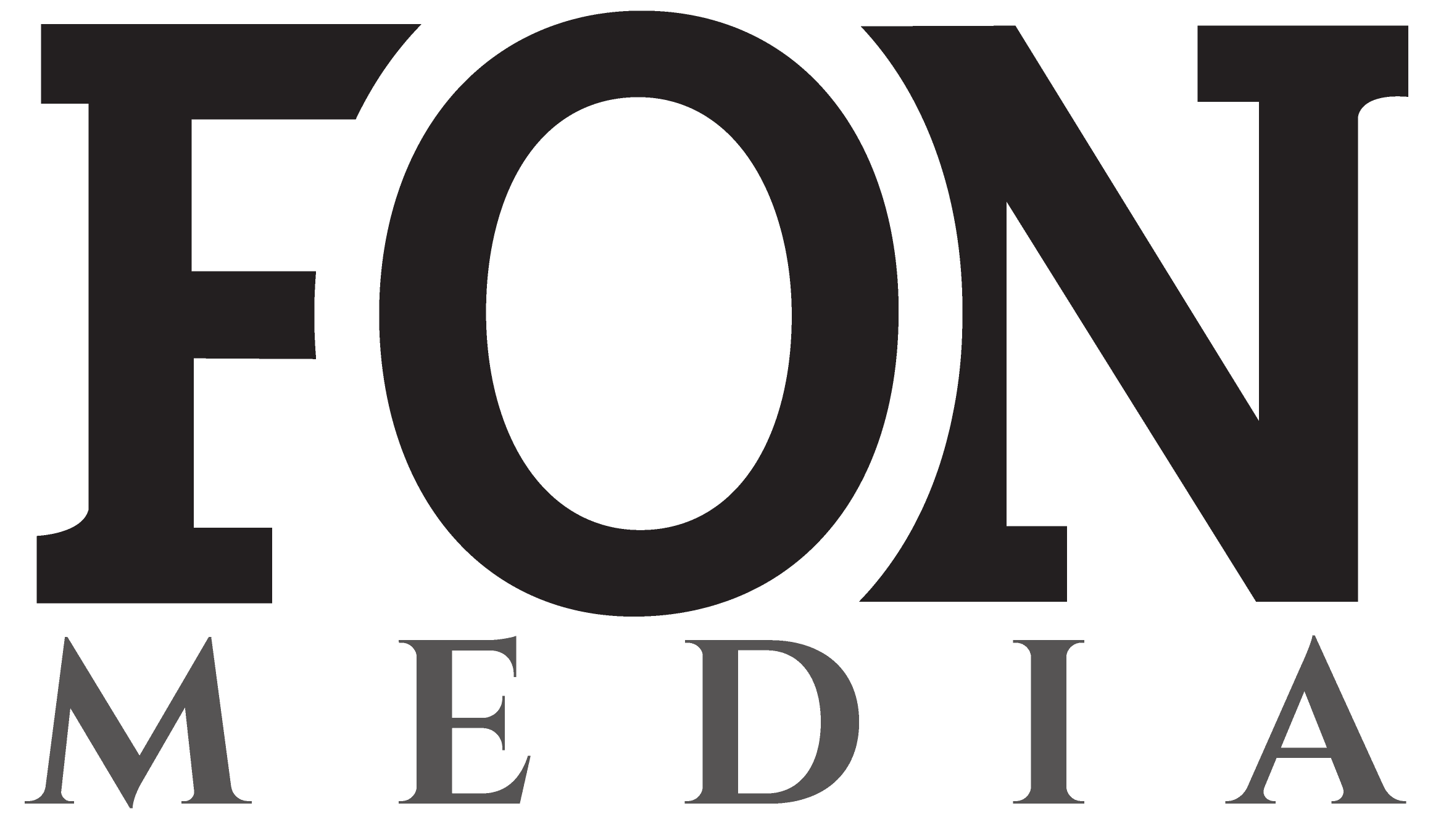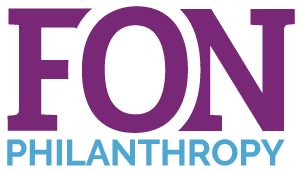In the heart of the United Arab Emirates, amidst the gleaming skyscrapers and luxury boutiques, a new jewel is emerging in Dubai’s crown: its burgeoning art scene. Once dismissed as a cultural desert, Dubai has rapidly transformed into a vibrant oasis of creativity, attracting artists, collectors, and investors from around the globe. This metamorphosis presents a unique opportunity for discerning family offices and high-net-worth individuals seeking to diversify their portfolios while engaging with one of the most dynamic art markets in the world.
The Rise of Dubai’s Art Ecosystem
From Sand to Canvas: A Brief History
Dubai’s journey from a pearl-diving village to a global art hub is nothing short of remarkable. The city’s art scene began to take shape in the early 2000s, with the establishment of the first contemporary art galleries in the industrial Al Quoz district. However, it was the launch of Art Dubai in 2007 that truly put the emirate on the global art map.
“Art Dubai was a game-changer,” says Antonia Carver, Director of Art Jameel and former fair director of Art Dubai. “It signalled Dubai’s ambition to become a serious player in the international art world and created a focal point for the region’s artistic talent.”
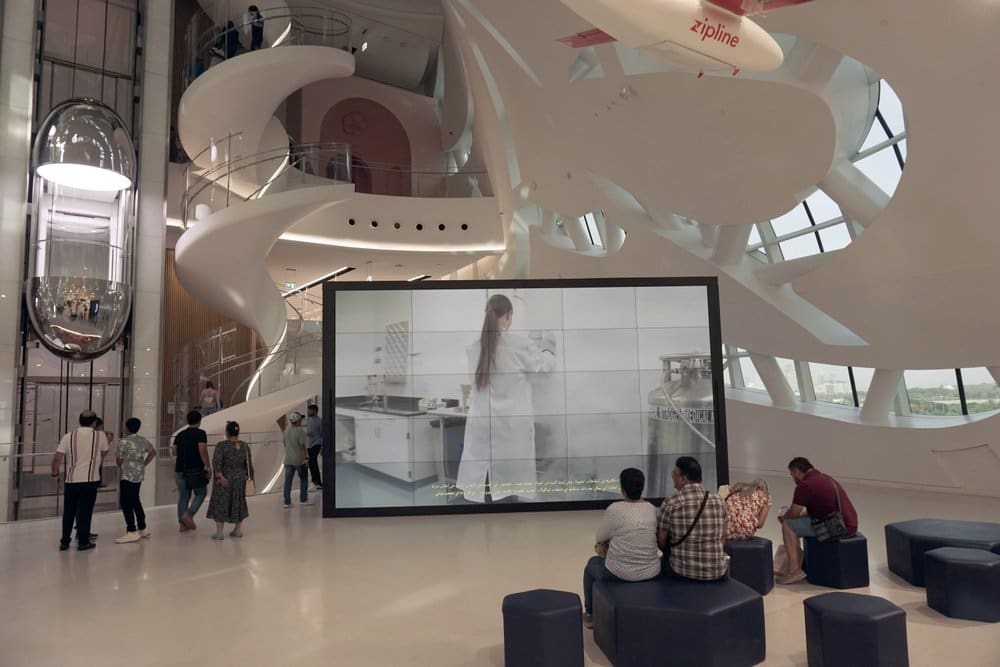
Government Support: Cultivating Culture
The Dubai government’s strategic vision has been instrumental in nurturing the art scene. Initiatives like Dubai Culture & Arts Authority, established in 2008, have provided crucial support for local artists and cultural institutions.
Sheikh Mohammed bin Rashid Al Maktoum, Vice President and Prime Minister of the UAE and Ruler of Dubai, has been a vocal advocate for the arts. His vision is encapsulated in the Dubai Creative Economy Strategy, which aims to double the creative industries’ contribution to Dubai’s GDP to 5% by 2025.
Infrastructure Development: Building for the Arts
Dubai’s commitment to the arts is evident in its rapidly developing cultural infrastructure. The Alserkal Avenue complex, a former marble factory turned creative district, now houses over 60 art spaces and creative businesses. The recently opened Jameel Arts Centre, Dubai’s first contemporary arts institution, further cements the city’s status as a cultural destination.
“The development of world-class infrastructure has been crucial in attracting international galleries and artists to Dubai,” notes William Lawrie, co-founder of Lawrie Shabibi gallery. “It’s created an ecosystem where art can thrive.”
The Current Landscape: A Mosaic of Opportunities
Art Dubai: The Crown Jewel
Art Dubai, now in its 15th year, has established itself as the leading international art fair in the Middle East, Africa, and South Asia. The fair attracts over 90 galleries from more than 40 countries, showcasing a diverse range of contemporary and modern art.
Pablo del Val, Artistic Director of Art Dubai, emphasises the fair’s unique position: “Art Dubai serves as a gateway between East and West, introducing collectors to artists they might not encounter elsewhere. This cross-pollination of ideas and aesthetics is what makes Dubai’s art scene so exciting.”
Gallery Scene: A Growing Ecosystem
Dubai’s gallery landscape has matured significantly over the past decade. Established international galleries like Perrotin and Leila Heller have set up outposts in the city, while homegrown galleries such as The Third Line and Green Art Gallery have gained international recognition.
“The diversity of Dubai’s gallery scene is its strength,” says Sunny Rahbar, co-founder of The Third Line. “You can find everything from emerging local talent to blue-chip international artists, creating a rich tapestry of artistic expression.”
Museums and Institutions: Cultural Anchors
The opening of the Louvre Abu Dhabi in 2017, although not in Dubai, has had a significant impact on the emirate’s art scene. It has raised the bar for cultural institutions in the region and increased the appetite for world-class art experiences.
In Dubai itself, the Museum of the Future, set to open later this year, promises to be a groundbreaking institution at the intersection of art, science, and technology. These institutions are not only cultural assets but also drivers of art tourism and investment.
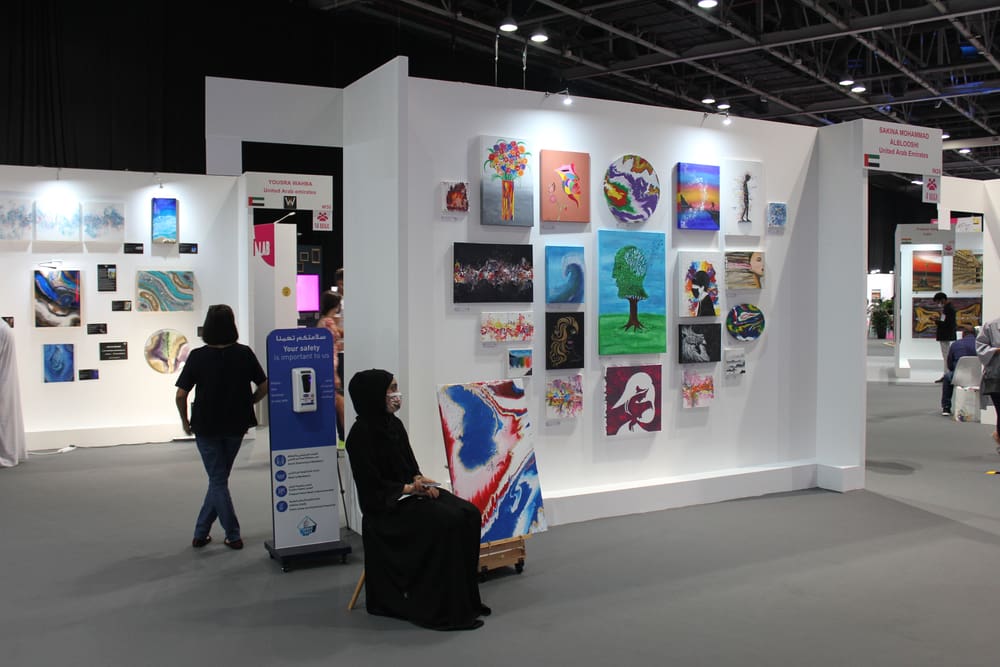
Investment Opportunities: The Art of Smart Collecting
For family offices and high-net-worth individuals, Dubai’s art scene presents a range of investment opportunities, from direct art acquisition to supporting cultural initiatives.
- Direct Art Acquisition
The primary opportunity lies in building a collection of contemporary Middle Eastern art, a market segment that has shown steady growth over the past decade.
“Middle Eastern art, particularly from the modernist period, has seen significant price appreciation,” notes Michael Jeha, Chairman of Christie’s Middle East. “Works by pioneers like Mahmoud Said or Jewad Selim have achieved record prices at auction, reflecting growing international interest in the region’s artistic heritage.”
However, the real opportunity may lie in identifying the next generation of artists. Collectors who acquired works by artists like Farhad Moshiri or Mohammed Ehsai in the early 2000s have seen their investments appreciate manifold.
- Art Funds and Structured Products
For those seeking a more diversified approach, art funds focusing on Middle Eastern art offer an attractive option. These funds, managed by art market experts, can provide exposure to a broad range of artists and styles while mitigating some of the risks associated with direct acquisition.
Shirley Elghanian, founder of Magic of Persia, a non-profit promoting Iranian art, notes: “Art funds can be an excellent way for newcomers to gain exposure to the market. They offer professional management and can help navigate the complexities of authenticity, provenance, and market trends.”
- Supporting Cultural Institutions
Philanthropic investment in Dubai’s cultural institutions can yield both social impact and potential financial returns. Many of these institutions offer naming rights or founding member status, which can provide valuable social capital in addition to supporting the arts.
“Investing in cultural institutions is about more than just financial returns,” says Abdelmonem Bin Eisa Alserkal, founder of Alserkal Avenue. “It’s about shaping the cultural landscape and leaving a lasting legacy.”
- Art-Secured Lending
As the art market in Dubai matures, opportunities in art-secured lending are emerging. This allows collectors to leverage their art assets for liquidity without selling, potentially benefiting from both appreciation of the artwork and returns on the deployed capital.
- Technology and Art
The intersection of technology and art presents exciting investment opportunities. Dubai has been at the forefront of embracing blockchain technology, with initiatives like the Dubai Blockchain Strategy. This has implications for the art market, particularly in areas like provenance tracking and fractional ownership of artworks.
“We’re seeing increasing interest in blockchain-based art platforms and NFTs,” says Cedric Bardawil, founder of Light Art Collection. “These technologies have the potential to revolutionise how art is bought, sold, and experienced.”
Challenges and Considerations
While the opportunities in Dubai’s art scene are compelling, investors should be aware of the challenges and considerations unique to this market.
- Market Maturity
Despite its rapid growth, Dubai’s art market is still maturing. This can lead to price volatility and liquidity challenges, particularly for works by lesser-known artists.
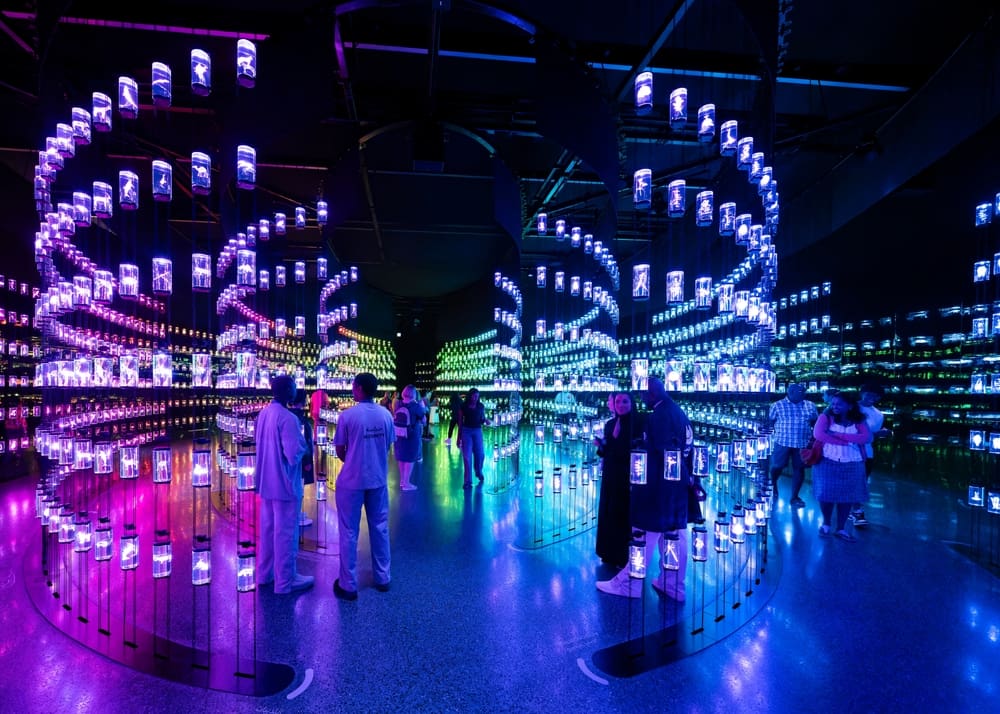
“Patience is key when investing in emerging art markets,” advises Myrna Ayad, art advisor and former director of Art Dubai. “It’s important to take a long-term view and be prepared for market fluctuations.”
- Authenticity and Provenance
As with any art market, issues of authenticity and provenance are paramount. The relative newness of the market means that provenance records may not be as comprehensive as in more established art centres.
“Due diligence is crucial,” emphasises Nima Sagharchi, Director of Middle Eastern, Islamic and South Asian Art at Bonhams. “Working with reputable galleries and auction houses can help mitigate these risks.”
- Regulatory Environment
While Dubai has made strides in developing its regulatory framework for the art market, it’s still evolving. Investors should be aware of regulations around importing and exporting artworks, as well as any restrictions on culturally significant pieces.
- Cultural Sensitivities
Investors should be mindful of cultural sensitivities when collecting art from the region. Some themes or artistic expressions may be controversial or restricted in certain contexts.
The Future: A Masterpiece in the Making
As Dubai continues to invest in its cultural infrastructure and attract global talent, the future of its art scene looks bright. Several developments are likely to shape the landscape in the coming years:
- Digital Innovation
Dubai’s push to become a smart city is likely to have ripple effects in the art world. We can expect to see more digital art experiences, virtual reality exhibitions, and blockchain-based art transactions.
- Sustainability Focus
In line with Dubai’s sustainability goals, there’s likely to be increased emphasis on eco-friendly art practices and themes of environmental consciousness in artistic expression.
- Cultural Exchange
Dubai’s strategic location between East and West positions it perfectly to facilitate cultural exchange. We may see more collaborative projects between international and local artists, further enriching the artistic dialogue.
- Art Education
Investments in art education, both at the academic level and through public programs, are likely to nurture a new generation of local artists and art professionals.
- Art Tourism
As Dubai continues to diversify its economy, art tourism is likely to play an increasingly important role, driving further investment in cultural infrastructure.
Conclusion: A Canvas of Opportunity
Dubai’s emerging art scene presents a unique proposition for investors: the chance to engage with a rapidly evolving cultural landscape while potentially reaping significant financial rewards. As with any emerging market, it comes with its share of risks and challenges. However, for those willing to invest the time to understand the nuances of the market, the potential rewards – both cultural and financial – could be substantial.
As Sheikh Mohammed bin Rashid Al Maktoum once said, “Art is a language that speaks to all people, regardless of their differences.” In nurturing its art scene, Dubai is not just creating investment opportunities; it’s fostering a universal language of creativity and expression.
For family offices and high-net-worth individuals looking to diversify their portfolios and engage with one of the most dynamic cultural scenes in the world, Dubai’s art market offers a canvas rich with possibility. In this city where the future is being written in the present, art may well prove to be one of the most valuable currencies of all.
